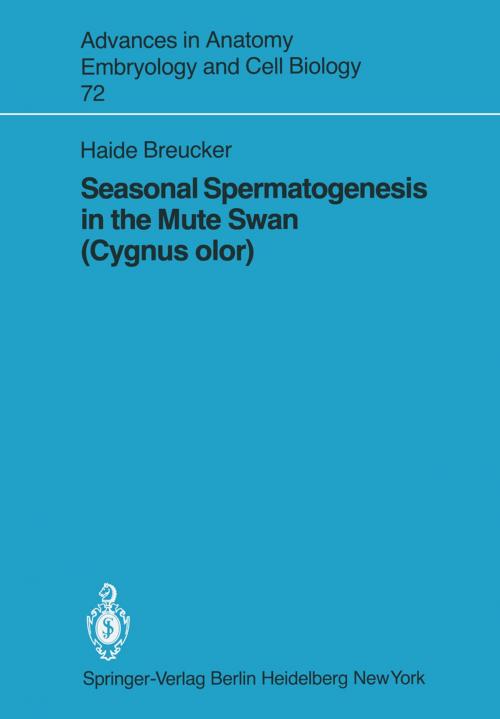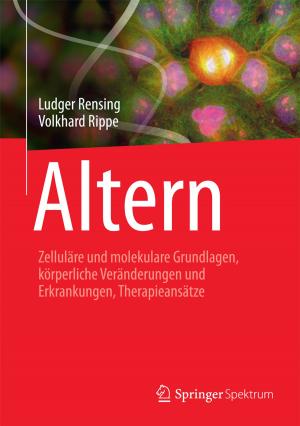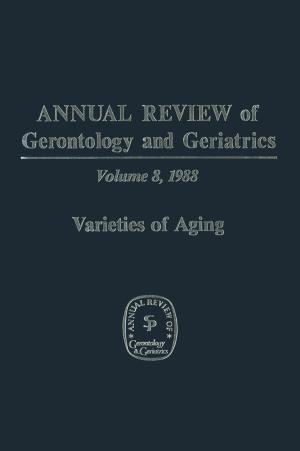Seasonal Spermatogenesis in the Mute Swan (Cygnus olor)
Nonfiction, Health & Well Being, Medical, Medical Science, Anatomy| Author: | H. Breucker | ISBN: | 9783642684609 |
| Publisher: | Springer Berlin Heidelberg | Publication: | December 6, 2012 |
| Imprint: | Springer | Language: | English |
| Author: | H. Breucker |
| ISBN: | 9783642684609 |
| Publisher: | Springer Berlin Heidelberg |
| Publication: | December 6, 2012 |
| Imprint: | Springer |
| Language: | English |
Of all the classes in the animal kingdom, birds represent the best known. There are in total about 8600 living species, and the systematic study of this class is more or less complete. Extensive observations - to a large extent by amateur ornithologists - with respect to geographical distribution, life cycles, demands on and adaptations to the environment, breeding habits, migration, and so forth have contributed towards basic and more widely relevant knowledge, e. g. , in the areas of ethology, ecology, and evo lution and also in social biology (Hilprecht 1970; Farner and King 1971). Together, all these aspects are affected by the reproductive biology of birds, and studies have therefore been carried out for many years with special emphasis on this subject. How ever, until now this emphasis in avian reproductive biology has been physiological and in particular endocrinological (Murton and Westwood 1977; Roosen-Runge 1977). The morphology of the gonads has been treated in far less detail, and has been confined to a comparatively small number of species, compared with other classes of vertebrates. Reproduction is the section in the life cycle of an animal which is most dependent upon environmental conditions. Reproduction therefore usually takes place at a par ticular time, when stress for the adult animals is at its lowest and the chances of sur vival for the newborn are at their highest, i. e.
Of all the classes in the animal kingdom, birds represent the best known. There are in total about 8600 living species, and the systematic study of this class is more or less complete. Extensive observations - to a large extent by amateur ornithologists - with respect to geographical distribution, life cycles, demands on and adaptations to the environment, breeding habits, migration, and so forth have contributed towards basic and more widely relevant knowledge, e. g. , in the areas of ethology, ecology, and evo lution and also in social biology (Hilprecht 1970; Farner and King 1971). Together, all these aspects are affected by the reproductive biology of birds, and studies have therefore been carried out for many years with special emphasis on this subject. How ever, until now this emphasis in avian reproductive biology has been physiological and in particular endocrinological (Murton and Westwood 1977; Roosen-Runge 1977). The morphology of the gonads has been treated in far less detail, and has been confined to a comparatively small number of species, compared with other classes of vertebrates. Reproduction is the section in the life cycle of an animal which is most dependent upon environmental conditions. Reproduction therefore usually takes place at a par ticular time, when stress for the adult animals is at its lowest and the chances of sur vival for the newborn are at their highest, i. e.















